Palmetto Bluff Real Estate Company Sales Office
Office Hours
Monday-Friday 9am - 5pm
Saturday 9am - 4pm
Sunday 12 - 4pm
Saturday 9am - 4pm
Sunday 12 - 4pm
The lagoon systems of Palmetto Bluff are vastly underrated. Yes, they add to the aesthetic value and picturesque beauty of this place. There is no doubt about that. Imagine the expansive views. The sun is setting. The coastal breezes are blowing. The movement of the air creates ripples that meander on the surface of the lagoon. As the breeze builds, the live oaks, towering pines, and wax myrtles that line the shores bend and twist. All of this combines to create a superb scene. You see it, hear it, and feel it. Add in a stiff drink and you’ll find yourself living a Lowcountry dream.
Here is where the underrated aspect comes into play. These lagoons are biologically thriving, much more so than most realize. As the land and wildlife manager for the Palmetto Bluff Conservancy, I relay this information to people constantly and let them know that the lagoon systems are an amenity for wildlife and also for human enjoyment. I can say from experience that these lagoons have some of the best fishing anywhere. A nature nerd like me can spend hours with a pair of binoculars watching wildlife. Land-based mammals and multitudes of birds, reptiles, and inexperienced kayakers visit these lagoons daily and are a source of great entertainment. All of these things can be enjoyed alone or with friends, no scheduling required. The only thing one must do is show up!
Aside from the fun and beauty that can be found on these lagoons, the Palmetto Bluff Conservancy can utilize these spaces as grounds for environmental research, outreach, education, and land and wildlife management. On rare occasions, we can combine all of these aspects into one event and the outcome is magic. Our Turtle Mark and Recapture project is a prime example of this. This program, when boiled down, involves capturing turtles, marking their shells, and releasing them. This is the research aspect. We take property owners and guests along for the ride—a great bonding experience that also checks off our goals for outreach and education. Now that we have data on our turtles and a small militia of folks who love the turtles as much as we do, we can put forth land and wildlife management techniques that benefit all involved. Magic!
How are the turtles captured? Fortunately for us, turtles are not that difficult to trap. Since they are cold-blooded reptiles, direct sunlight is required so they can warm their bodies. That warmth permits food to digest and relaxes capillaries to allow blood flow. We set basking traps and use their sunlight requirements to our advantage. A basking trap is a partially submerged box with ramps on all four sides that lead to the opening at the top. Turtles climb the ramps and use them as a basking platform. When they want to return to the water, they find it unnatural to back off the ramp. Instead, they push up the ramp and fall into the box, where we can retrieve them.
Marking and data gathering are the next steps in the process. We have a long checklist of things we are looking for with each turtle, and we like to have our guests volunteer in the data gathering process. The first item on the checklist is identifying the species. Yellow-bellied slider (Trachemys scripta scripta) is the most common freshwater turtle species in Palmetto Bluff. For each turtle, we measure the length and width of the carapace and the plastron. A carapace is the top of the “shell” and the plastron is the bottom. The weight is then measured. These physical characteristics will allow us to measure growth rates should that turtle be recaptured at a later date. After this, we determine the sex. This is accomplished by measuring length of tails and toenails. The male’s will be nearly twice as long as the female’s. The long toenails of the male slider are used in attracting mates. One might think they would aid in fighting other males, but this is not the case. When a male sees a lady he is interested in, he will position himself in front of the female, outstretch his front legs, and wiggle the nails around in a rolling, waving fashion. He is basically waving at her with both hands as if to say “Hello darlin’. Do you like what you see?” Google it if you find yourself in disbelief.…
When we catch a female, we determine if she is carrying eggs. This is done by gently reaching into the carapace ahead of the back legs. If she has eggs, they can be felt readily. After the details have been gathered, we can mark the turtle.
Marking is actually more like naming. Imagine you are looking down onto the back of a turtle. Its carapace appears to be made of lots of small boney plates that fit perfectly together. It is and they do. These plates are referred to as “scutes.” The scutes on the outermost part of the carapace are known as marginal scutes and each has a corresponding letter. By picking a unique group of these scutes and marking them with a file, we can name each turtle. No, this does not hurt the turtle. The process is comparable to clipping fingernails.
Next comes the best part: releasing the turtle. As the turtle races back to the water and eventually plunges below the surface, fully mature humans can be seen hopping up and down, clapping their hands, and squealing like kids on the playground. This is an involuntary reflex for humans that is rarely witnessed. Outreach and education can now be checked off our list of goals. The genuine smiles of our guests ensure that we have given them a memory, a tie to the land they live on, and a greater appreciation for turtles and their surroundings.
If these same turtles are recaptured in the future, we can calculate population size and growth. Recaptures also provide us with growth rates and dispersion on an individual level.
Recaptures are exciting and very rare. This indicates that Palmetto Bluff has a thriving, expansive turtle population and a healthy, productive lagoon habitat. The Turtle Mark and Recapture Program on Palmetto Bluff has developed an enormous following over the years and is a special event in every aspect. Research, education, management, and fun are all rolled into a few hours. Few events anywhere can produce these fruits. The Conservancy invites you to join in on the fun, but act quickly. The sign-up list for this event fills in a matter of hours.
TUTRLE MYTHS DEBUNKED
Turtles are slow.
This is absolutely not true. While they are awkward and clumsy on land, they can still move quickly in short bursts. If you don’t believe it, try to catch one!
Turtles are “easy” pets.
Pet turtles are a huge commitment. Their tanks must be cleaned regularly, or they will begin to smell and can become a breeding ground for salmonella. Also, most species of turtle live for 20 years. Some can live more than 100.
Turtles can live without their shells.
Turtle shells are connected to their bodies by skin, muscle, and bone. No turtle species can be removed from their shells and live.
By: Justin Hardy
Photography by: Allen Kennedy & Krisztian%GALLERY%

Best Things to Eat in South Carolina’s Lowcountry When it comes to Southern cuisine, no place captures the heart (and appetite) quite like the South Carolina Lowcountry. Rooted in history and layered with coastal influence, this region serves up a culinary id...

Marissa’s Journey to Palmetto Bluff At Palmetto Bluff, hospitality goes beyond service; it’s a way of life. For Members and visitors alike, there’s a quiet charm to the place that draws you in, makes you feel at ease, and leaves a lasting impression. Few peop...
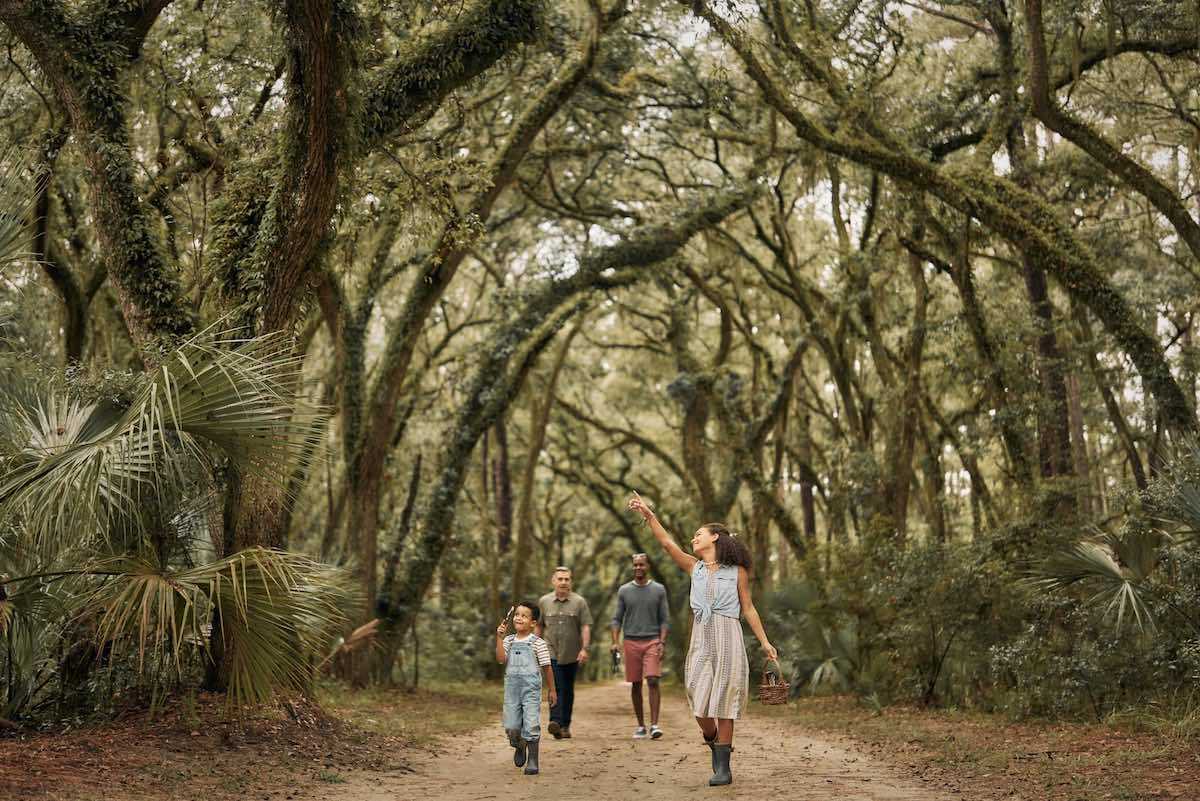
Top 7 Palmetto Bluff Nature Trails Do you ever get the feeling of wanting to escape and wander into a serene paradise? The nature trails at Palmetto Bluff afford opportunities to roam and admire the vastness of the Bluff’s 20,000 acres. Throughout the communi...

Palmetto Bluff’s Moreland Village feels a world away from the more traditional architecture of the iconi...
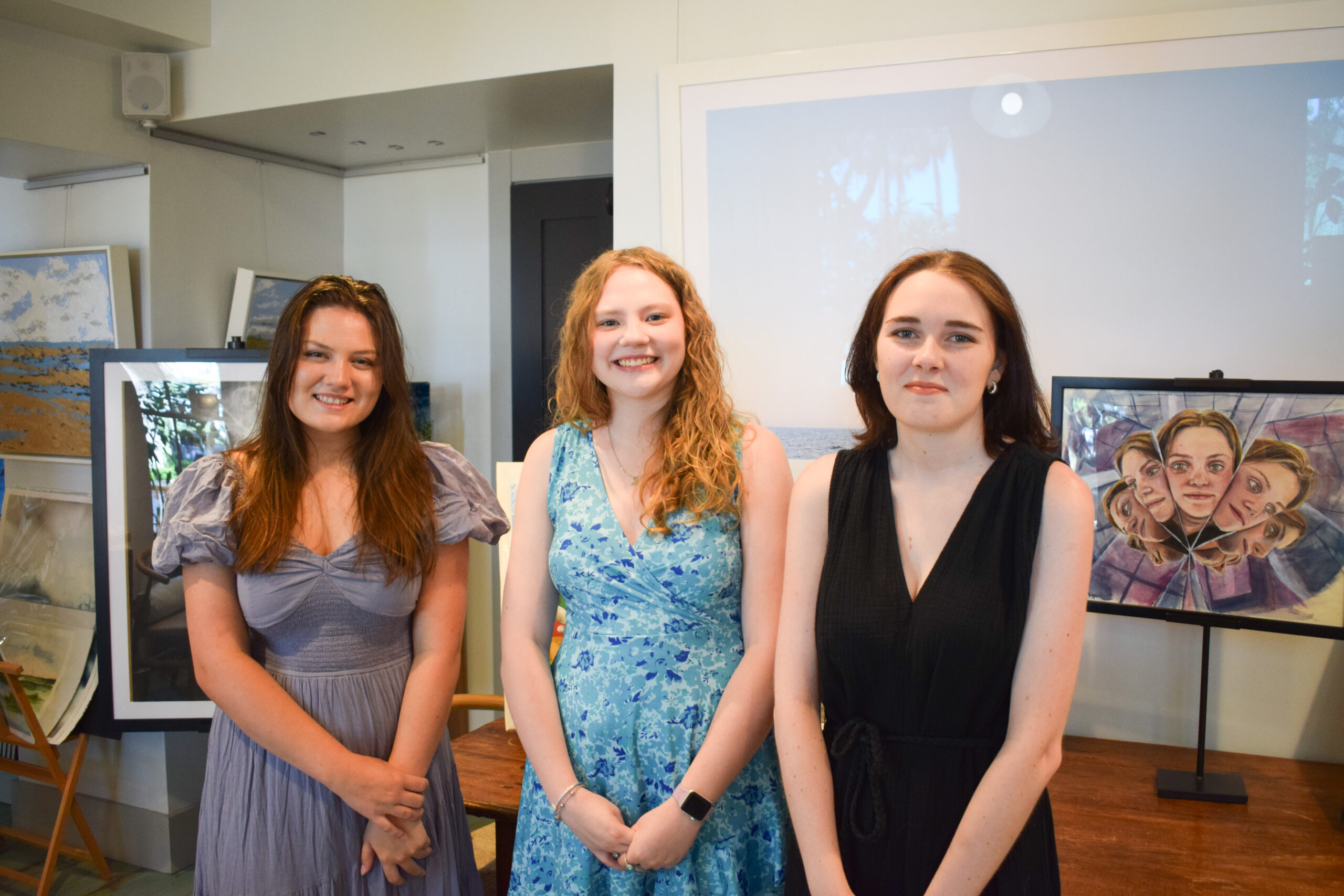
We are thrilled to introduce the inaugural winners of the Inspiring the Arts Scholarship—three extraordinary young women pursuing their artistic dreams through higher education! Katherine Donahue has been named our first official scholarship recipient, wit...
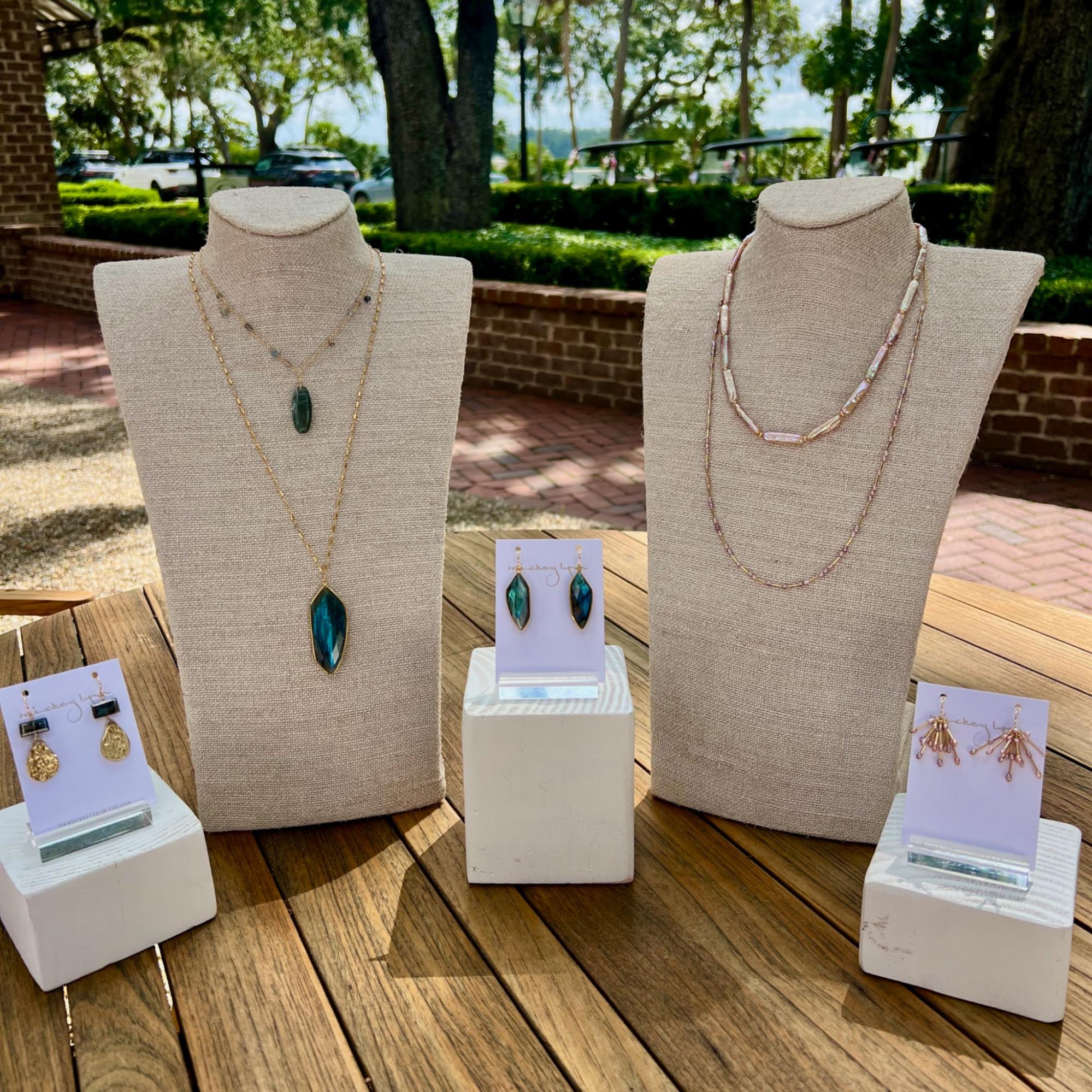
From handmade jewelry to performance wear, the latest arrivals at Palmetto Bluff’s retail spots capture the season in true Lowcountry style. This summer, the Bluff’s shops are full of fresh finds, carefully chosen by our trusted retailers—including FLOW Galler...
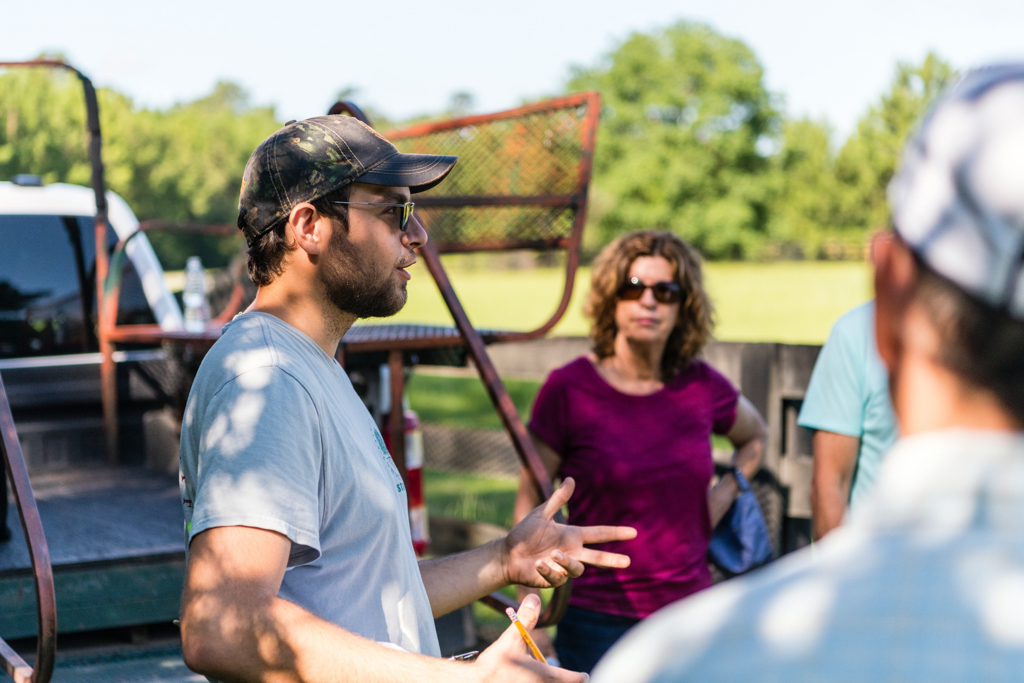
Citizen Science is Thriving at Palmetto BluffDid you know that residents of Palmetto Bluff are playing a vital role in national and global conservation efforts—all from their backyard?Through the Palmetto Bluff Conservancy’s growing Citizen Science programs, c...

In October 2024, Grammy Award-winning musician Clay Ross visited Palmetto Bluff as part of The Arts Initiative's Artist in Residence Program. Through storytelling and song, he explores identity, heritage, and the universal language of sound. By Barry Kaufman ...
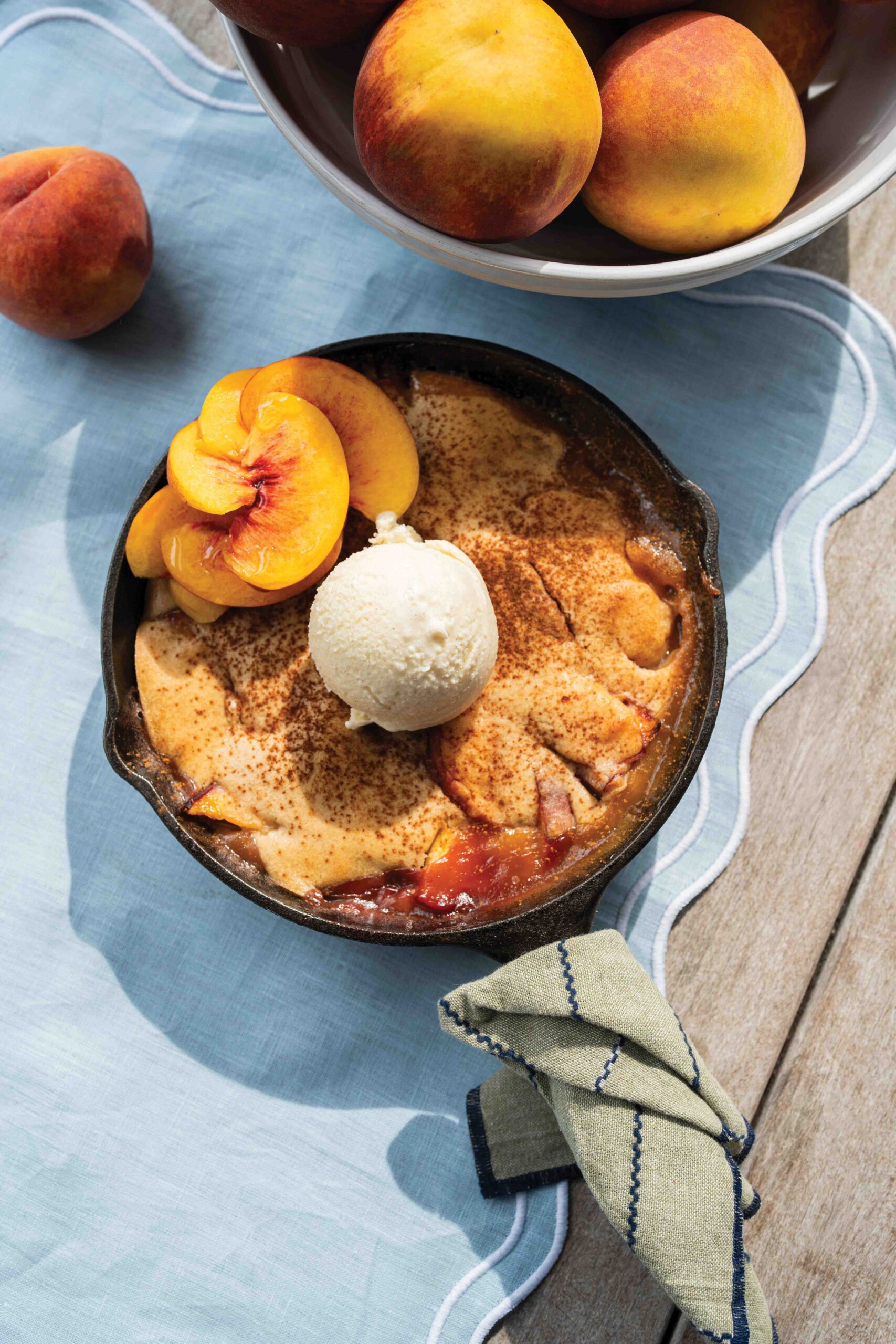
Palmetto Bluff Club Executive Chef Beth Cosgrove and Director of Culinary, Chef Rhy Waddington, Cook Up Four Peachy Recipes for a Summer in the South. Is there anything more iconic than a southern peach? A symbol of summer and Southern heritage, the peach car...
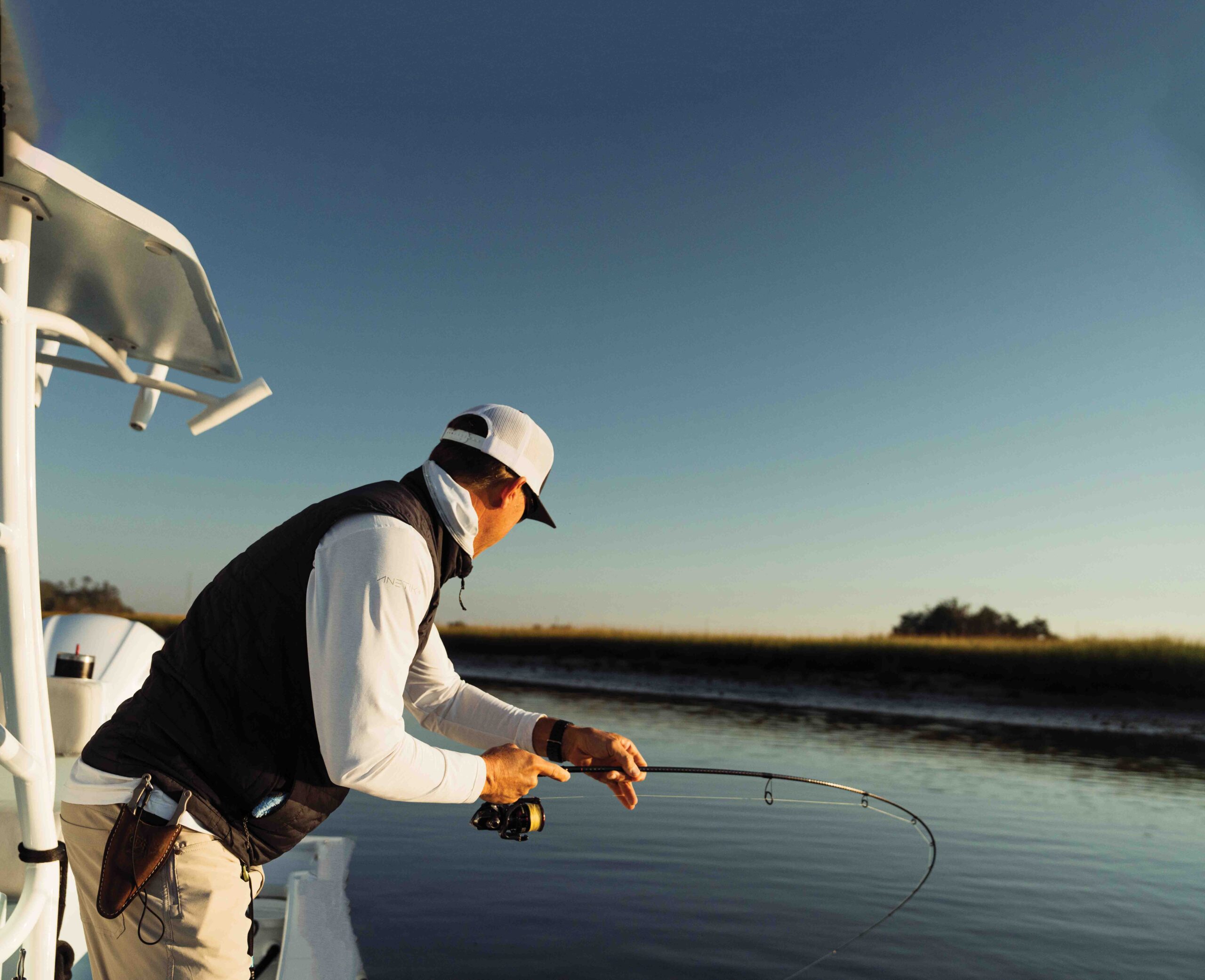
Following the tides and angling for redfish in Lowcountry creeks and estuaries with Captains Brian Vaughn and Will Stephens Story by Sandy Lang It is a sunny morning in October and the water is calm and glassy. The silence is punctuated by a gush of breath f...
Learn about the Palmetto Bluff Conservancy and how we keep the vision of our land in place.
On land or water, there is an ever-evolving variety of activities.
We do not attempt to independently verify the currency, completeness, accuracy or authenticity of the data contained herein. All area measurements and calculations are approximate and should be independently verified. Data may be subject to transcription and transmission errors. Accordingly, the data is provided on an “as is” “as available” basis only and may not reflect all real estate activity in the market”. © [2023] REsides, Inc. All rights reserved. Certain information contained herein is derived from information, which is the licensed property of, and copyrighted by, REsides, Inc.